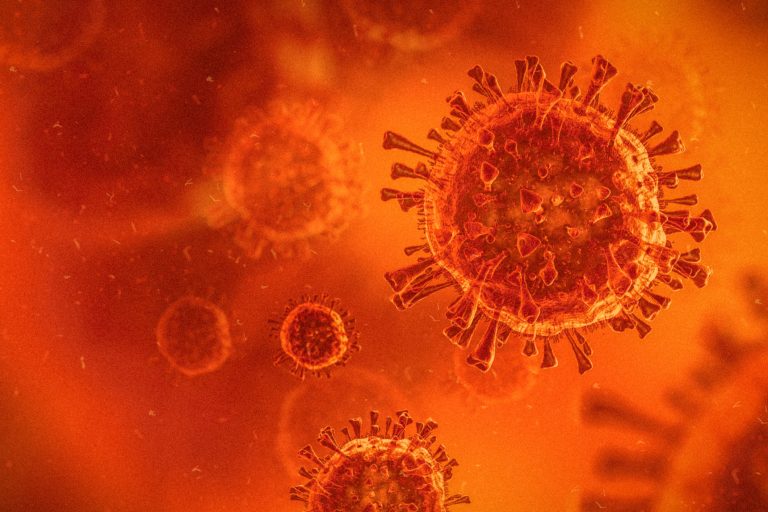
Eighteen months into the pandemic, the need for effective treatments against COVID-19 remains as great as ever. Now, a team of researchers from the Rosalind Franklin Institute demonstrates that neutralizing single domain antibodies (nanobodies), has significant potential. The unique antibody produced by llamas is small, stable, and could possibly be administered as a nasal spray—an important characteristic as the antibody treatments currently in use require administration by infusion in the hospital.
The team, whose research is published in Nature Communications, found that short chains of the molecules, which can be produced in large quantities, showed “potent therapeutic efficacy in the Syrian hamster model of COVID-19 and separately, effective prophylaxis.”
The nanobodies, which bind tightly to the SARS-CoV-2 virus, neutralizing it in cell culture, could provide a cheaper and easier to use alternative to human antibodies taken from patients who have recovered from COVID-19.
“Nanobodies have a number of advantages over human antibodies,” said Ray Owens, PhD, head of protein production at the Rosalind Franklin Institute. “They are cheaper to produce and can be delivered directly to the airways through a nebulizer or nasal spray, so can be self-administered at home rather than needing an injection. This could have benefits in terms of ease of use by patients but it also gets the treatment directly to the site of infection in the respiratory tract.”
The research team was able to generate the nanobodies by injecting a portion of the SARS-CoV-2 spike protein into a llama called Fifi, who is part of the antibody production facility at the University of Reading. They were able to purify four nanobodies capable of binding to SARS-CoV-2. Four nanobodies (C5, H3, C1, F2) engineered as homotrimers had pmolar affinity for the receptor-binding domain (RBD) of the SARS-CoV-2 spike protein. Crystal structures showed that C5 and H3 overlap the ACE2 epitope, while C1 and F2 bind to a different epitope.
Regarding their effectiveness against variants, the C1, H3, and C5 nanobodies all neutralized the Victoria strain, and the highly transmissible Alpha (B.1.1.7 first identified in Kent, U.K.) strain. In addition, C1 neutralizes the Beta (B.1.35, first identified in South Africa).
When one of the nanobody chains was administered to hamsters infected with SARS-CoV-2, the animals showed a marked reduction in disease, losing far less weight after seven days than those who remained untreated. Hamsters that received the nanobody treatment also had a lower viral load in their lungs and airways after seven days than untreated animals.
“Because we can see every atom of the nanobody bound to the spike, we understand what makes these agents so special,” said James Naismith, PhD, director of the Rosalind Franklin Institute. If successful and approved, nanobodies could provide an important treatment around the world as they are easier to produce than human antibodies and don’t need to be stored in cold storage facilities, added Naismith.
“Having medications that can treat the virus,” noted Naismith, “is still going to be very important, particularly as not all of the world is being vaccinated at the same speed and there remains a risk of new variants capable of bypassing vaccine immunity emerging.”
The researchers also hope the nanobody technology they have developed could form a so-called “platform technology” that can be rapidly adapted to fight other diseases.













